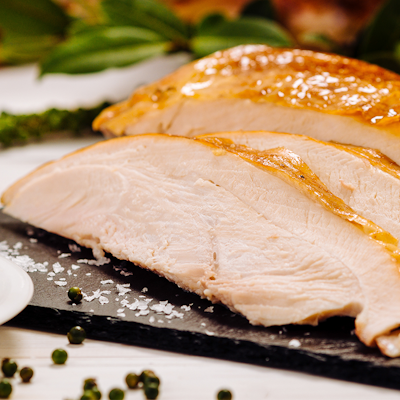The Best Healthy Menu Switches
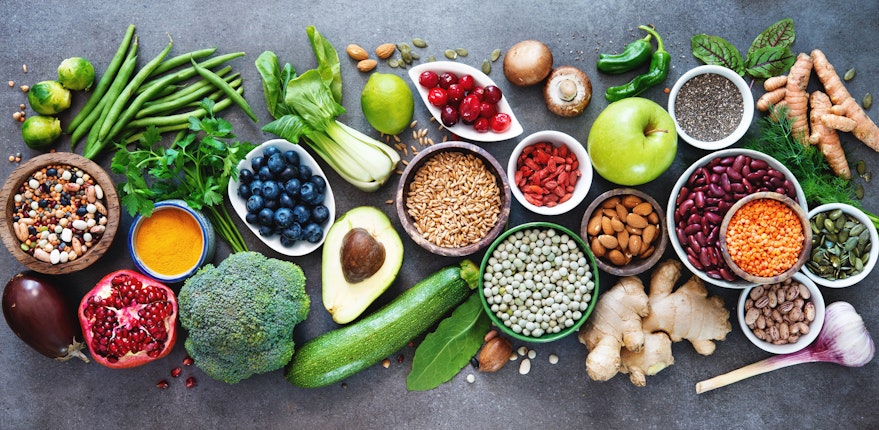
We’re looking at easy ways to make your dishes a little healthier – without compromising on taste. Everyone knows about using skimmed milk instead of whole and swapping white rice for brown, but these handy hints will help you get creative as well as healthy…
Embrace Pulses
Pulses – beans, lentils, chickpeas are the perfect side-dish for those looking to lower their carbohydrate intake. Though versatile and filling, they don’t cause your blood glucose levels to spike like carbs can, and their high protein content means they actually slow down the breakdown of carbs into glucose in the blood. Great news for slimmers.
As a protein source they are cheaper and lower in fat than meat, and packed with fibre. So swap out chips for refried beans and welcome five bean chilli to your menu.
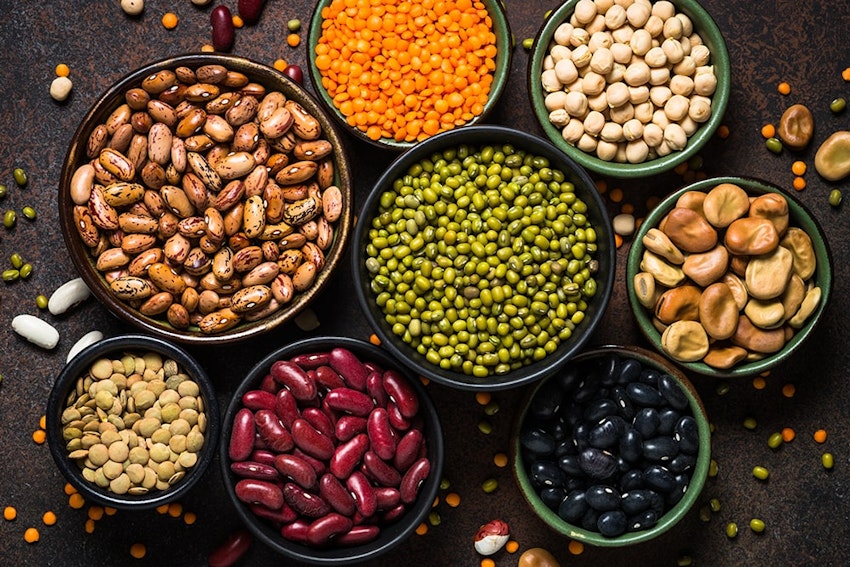
Favour tomato-based sauces
It’s pretty obvious that swapping out a cream-based sauce for a tomato-based one will significantly reduce the calories, but that’s not the only reason a red sauce is generally healthier than a white one. Tomatoes are bursting with lycopene, an antioxidant thought to reduce the risk of heart disease and cancer among other things. Cooked tomatoes – like those in a sauce – have even more of these antioxidant properties than raw ones.
Tomatoes contain a high amount of water and air which classes them as a ‘high-volume’ food – in other words, an appetite suppressant.
Really want to reap the benefits of tomatoes? Make your own sauce to ensure there’s no additives compromising all that lovely vitamin C, potassium, folate, and vitamin K.
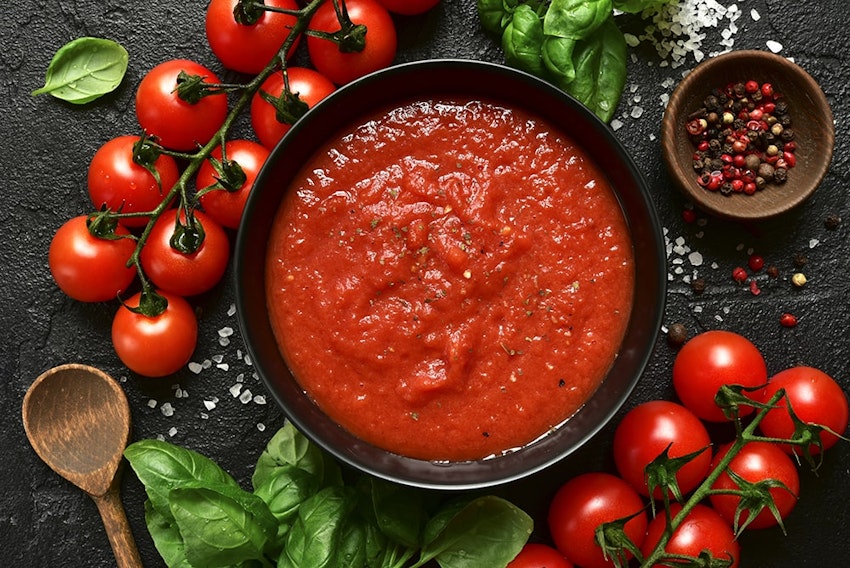
Get creative with 5-a-day
In the age of social media, customers want food that looks as good as it tastes. Incorporating fruit into your savoury dishes is not only a way of putting your 5 a day into one meal – and a meal that looks so much prettier than a smoothie at that, but it’ll also pump up the flavour and get people talking.
Try strawberries on toast, or a fresh salad with pears.
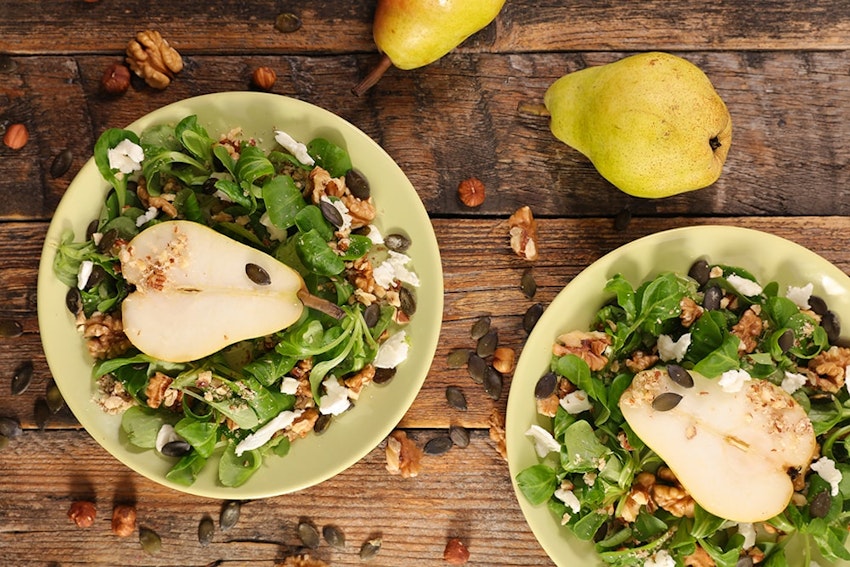
Make oily fish interesting
By rights we should all be eating oily fish twice a week – they’re a health food jackpot. Rich in Omega-3 and polyunsaturated fatty acids and lean protein, they reduce inflammation, and are thought to lower blood pressure and the risk of heart disease, cancer and arthritis. They’re also low calorie and can help in the fight against fat. The range of oily fish is larger than you think, so get experimenting with sardines and mackerel on toast at brunch, pickled herring as a bar snack and curried trout or salmon for a special.
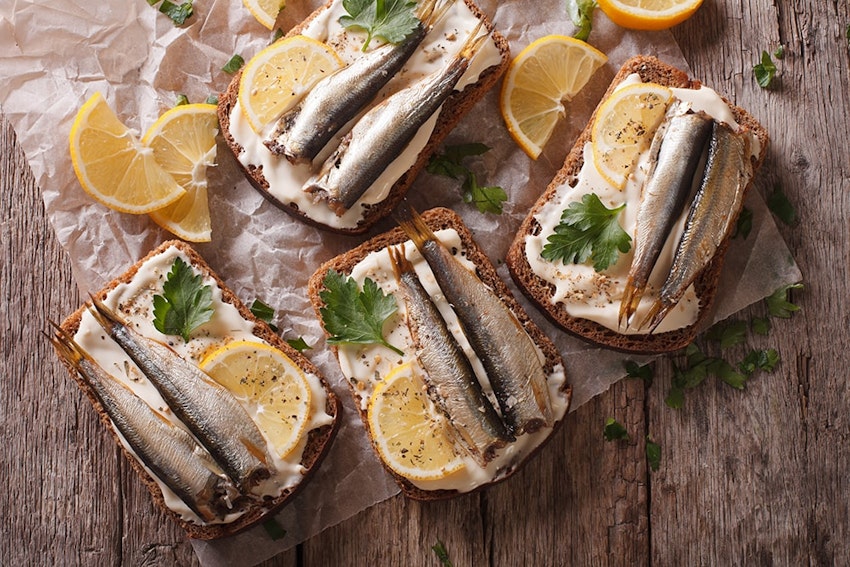
Spice up your life
Too much salt is very bad. We all know that. And yet the temptation to overseason food is always there. But there are spices and herbs you can use to make your meals so flavourful salt won’t be needed at all – and they have their own health benefits too: Ease muscle pain with a herb and ginger crust on fish and chicken, use turmeric in your curry, rice or baked goods and enjoy its anti inflammatory properties, or give sauces and marinades a metabolic boost with cayenne pepper.
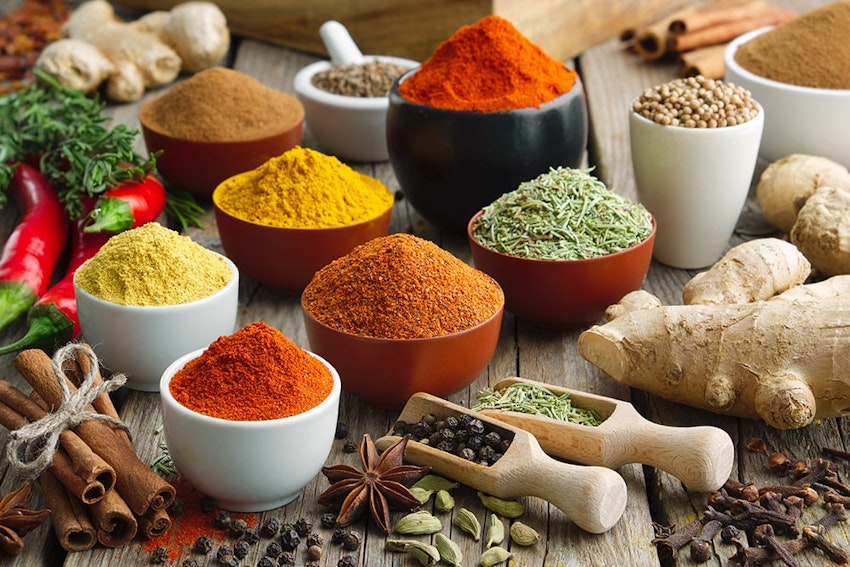
Choose raw almonds as a snack
All nuts are a pretty good go-to between meals, but almonds are the best of all. Eaten raw (not treated or salted), a handful not only have a positive effect on cholesterol and can help those with diabetes maintain a healthy diet, but research by the British Journal of Nutrition shows that eating a small portion of raw almonds every day can reduce the risk of heart disease and reduce hunger. In fact, almonds are known to be one of the best snacks around for avoiding weight gain.
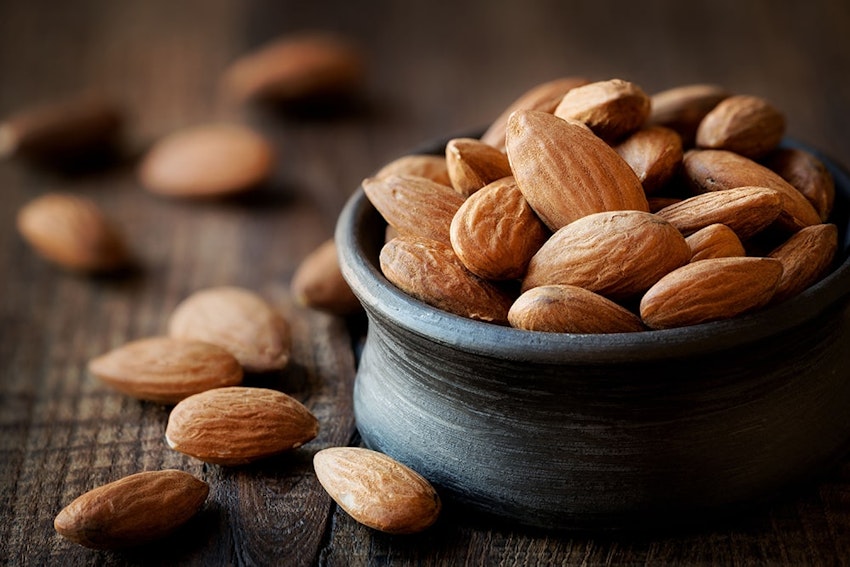
Use smaller plates
A small but significant piece of psychology – the smaller the plate the bigger the portion of food looks and the more likely the consumer is to believe they are full after clearing it. Training the body to believe that the stomach is full is one of the most effective ways to prevent overeating, and consequently, obesity.
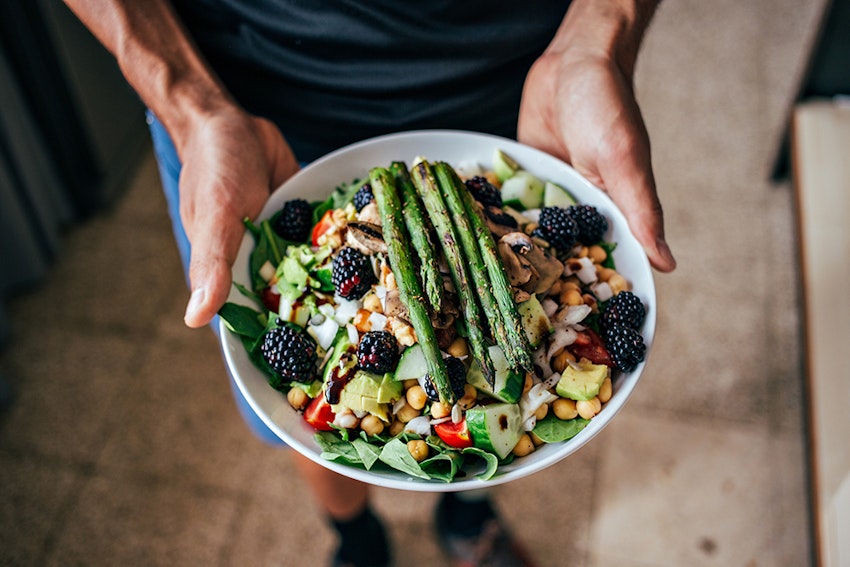
Replace sugary desserts with nutty ones
Nuts feature heavily in some of the most delicious puddings out there – pecan pie, nut tart, almond brownies, the list goes on.
But upping the nuts and reducing the sugar in these desserts is also a way to make them healthier. Nuts contain protein and fibre, as well as potassium, magnesium and vitamin E – things sugar doesn’t. Nuts are high in protein and contain the good kind of fat, which is a much better alternative to the empty calories found in sugar.
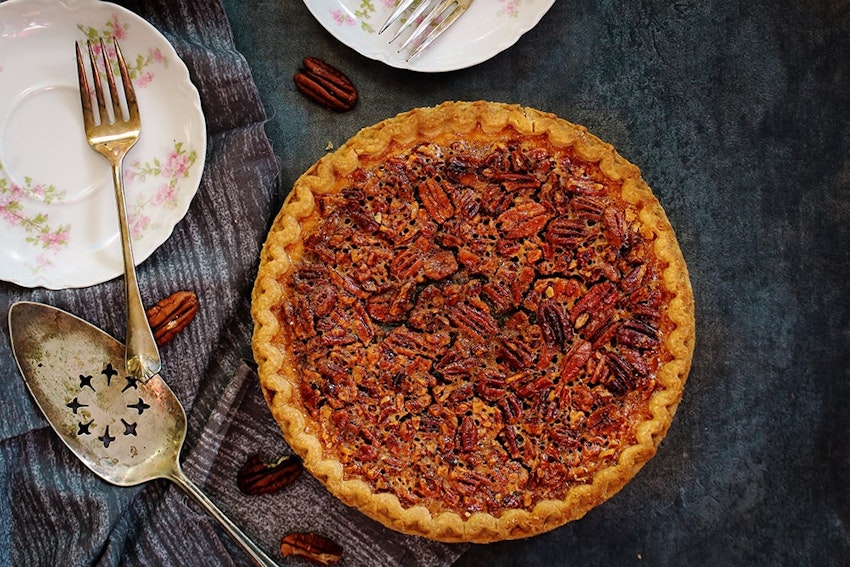
Get into kombucha
Fermented foods and drinks are a hot ticket in healthy eating right now, and kombucha makes a tasty alternative to fizzy soft drinks. A fermented tea often flavoured with fruit or ginger, kombucha is rich in probiotics and antioxidants and keeps the gut healthy.
And acetic acid, which gives kombucha its distinctive flavour, is known to help prevent your body processing food into fat, so as well as curbing hunger and reducing bloating, kombucha does more for dieters than zero sugar versions of their favourite diet drink.
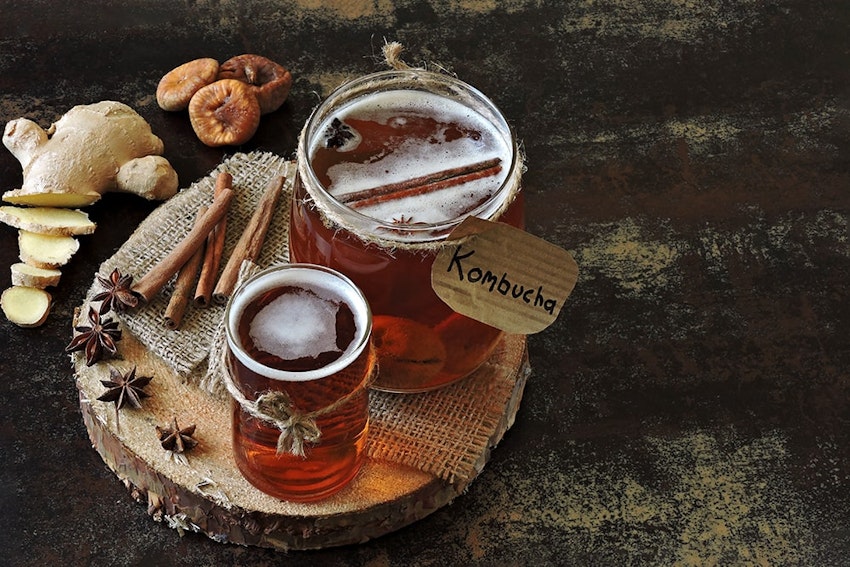
Learn about sugar alternatives
The likes of saccharin and aspartame have given sugar alternatives a bad reputation, but these days the most popular sugar replacements are sourced from plants and can boast health benefits as well as reducing calories. Stevia and xylitol among others are ideal for both cooking and adding to drinks, so head on over to our story on Sugar Alternatives to find out more.

You may also be interested in…
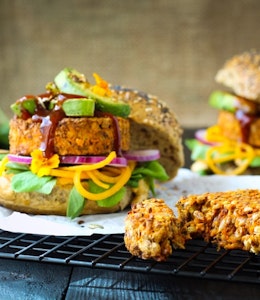
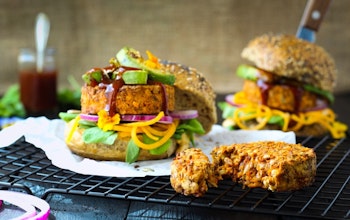
You may also be interested in…

